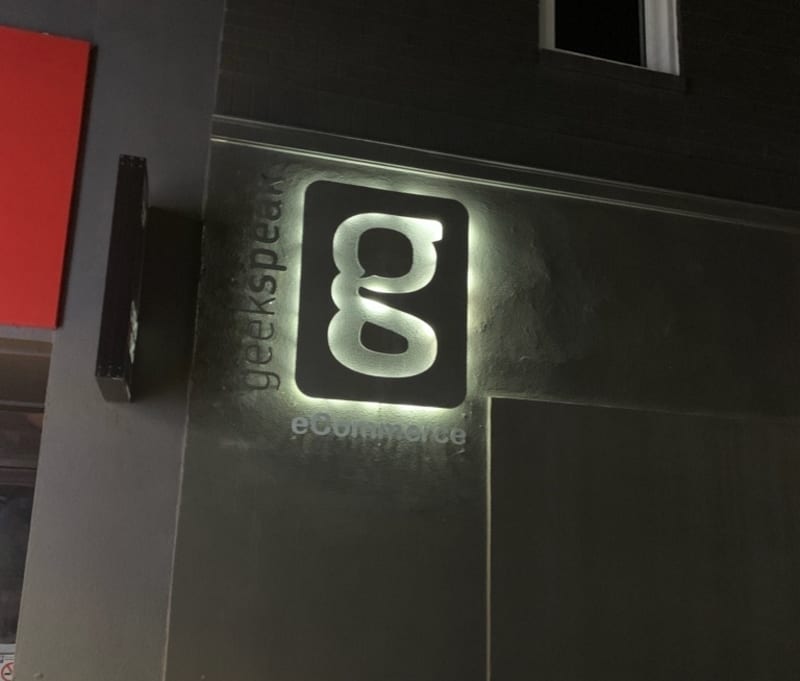If you’ve ever been in a room or near a sign with fluorescent lighting that seems to be buzzing you’ve likely heard what a failing electrical ballast sounds like. But what is an electrical ballast and why are they important? In this article, we will break down some of the most frequently asked questions about electrical ballasts that you may have including how to know if a fluorescent ballast is bad.
With more than 40 years of experience in residential electrical services and commercial electrical services, we are the professionals you will want to consult with when looking for assistance with fluorescent sign problems such as a failing ballast or any other electrical issues you may have. See our tips below for what you should know about electrical ballasts and how you can spot an issue with one in your space.
What is an Electrical Ballast?
An electrical ballast is a component of a lighting system. Its purpose is to regulate the current to the lamps and provides enough voltage to power up the light. There are different types of ballasts for different types of lighting. Ballasts can also come in the form of dimming ballasts that in combination with a dimmer will allow for variance in the amount of light in a room.
How Can I Spot an Electrical Ballast Problem?
There are a few common signs that a ballast may not be functioning properly. One of the most obvious ones is a buzzing sound coming from the bulbs or light fixtures. Another is lighting flickering or dimming for seemingly no reason. If your light is completely out, this may also be a sign of an electrical ballast issue. Generally speaking, if wonky things are happening with your lighting it could be the result of a failing electrical ballast.
Why Do Electrical Ballasts Fail?
Condensation and corrosion are factors that may cause a ballast to fail. If you are having issues with your lighting it may be a good idea to have a licensed electrician inspect the ballast to help determine what is going on and what may have caused the issue.
Can I Replace or Repair A Ballast on My Own?
You should never try to install or replace an electrical ballast on your own. A licensed electrician is the only person who should complete electrical work. By choosing an electrician you will ensure that your work is completed safely. It will also help to troubleshoot any other electrical issues that may be causing your lighting problems. For your personal safety and the safety of those around you, always choose a licensed electrician.
How Much Does It Cost to Replace a Ballast?
The cost of replacing an electrical ballast will depend on the labour rate of the electrician you choose as well as the cost of the ballast itself. At Penfold Electric, we pride ourselves in offering affordable rates and would be pleased to provide you with a quote based on your unique needs.
Do LED Lights Have a Ballast?
Most LED lights do not require a ballast as this type of lighting system functionals differently than other light systems. There are many reasons why you may consider completing an LED retrofit for your space or make the shift to LED building signage. Contact us today to discuss if making the switch to LED could be a better fit for your business rather than replacing a ballast on older technology.

